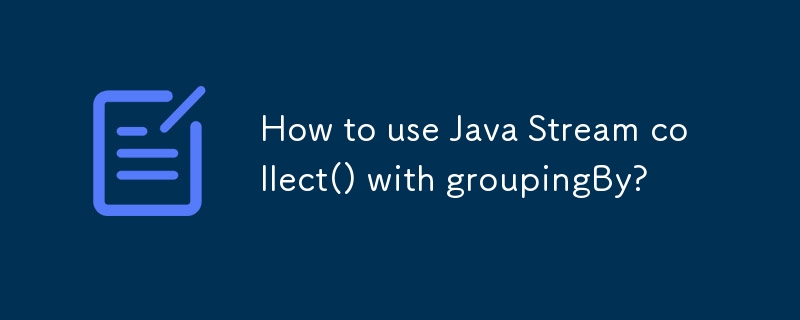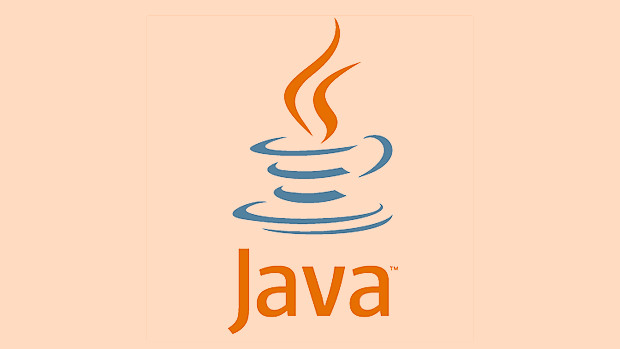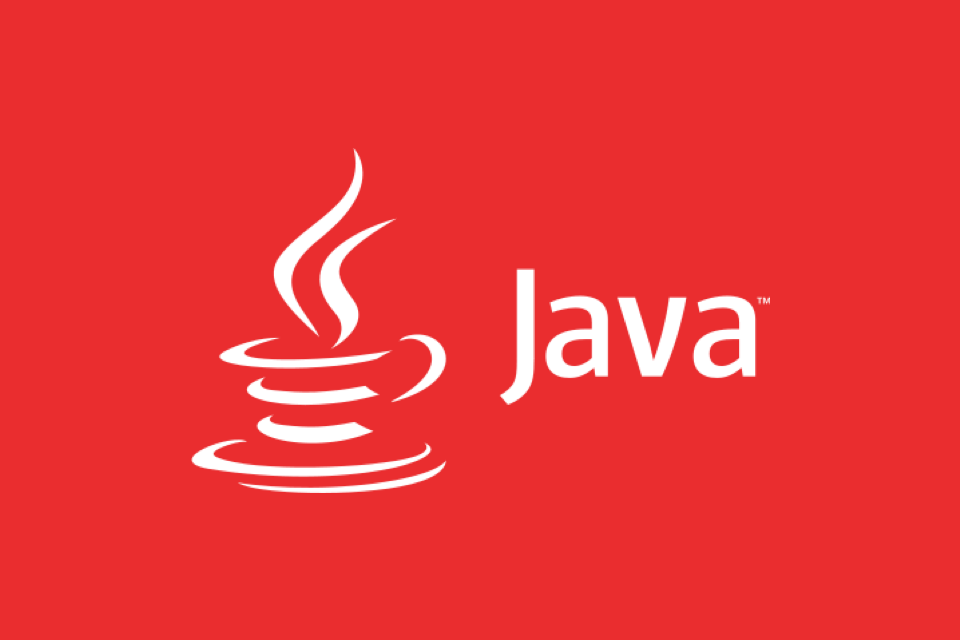The groupingBy collector of Stream in Java 8 supports multiple grouping methods. ① Group by field: For example, group by city, use Collectors.groupingBy(Person::getCity); ② Multi-level grouping: For example, group by city first and then by age, use nested groupingBy; ③ Customize downstream operations: For example, use Collectors.counting() to count the quantity, use Collectors.averagingInt() to calculate the average; ④ Merge data after grouping: For example, if the names are spliced ??into strings, use Collectors.mapping() to cooperate with Collectors.joining().

In Java 8, Stream 's collect() method combined with Collectors.groupingBy() can easily group the collection data. It is similar to GROUP BY in SQL, but is more flexible and suitable for handling complex data structures.

Basic usage: Group by field
The easiest way to use it is to group by a certain attribute. For example, you have a Person class with name and city fields. You want to group people by city:
Map<String, List<Person>> peopleByCity = people.stream()
.collect(Collectors.groupingBy(Person::getCity)); This will return a Map , the key is the city name and the value is the Person list of the city.

Note: If the grouped field may be null, an exception will be thrown. You need to make sure the fields are not empty or use a custom classifier to handle.
Multi-level grouping: nested grouping
Sometimes we want to group by multiple conditions, such as by city first, and then by age:

Map<String, Map<Integer, List<Person>>> grouped = people.stream()
.collect(Collectors.groupingBy(Person::getCity,
Collectors.groupingBy(Person::getAge))); This way of writing is called "multi-level grouping", and the result is a nested Map where you can continue to add hierarchies as needed.
Custom downstream operations: not just List
By default, groupingBy returns a list of elements under each group. But many times we do not need complete objects, but rather statistical information, such as quantity, sum, average, etc.:
// Count the number of people in each city Map<String, Long> countByCity = people.stream()
.collect(Collectors.groupingBy(Person::getCity, Collectors.counting()));
// Average age for each city Map<String, Double> avgAgeByCity = people.stream()
.collect(Collectors.groupingBy(Person::getCity,
Collectors.averagingInt(Person::getAge)));Common downstream collectors include:
-
counting(): counting the number -
summingInt()/summingDouble(): sum -
averagingInt(): Find the average -
mapping(): Map into another type and then aggregate
Merge data after grouping: use toList/toSet/joining, etc.
If you want to turn the grouped data into strings or other formats, you can use Collectors.mapping() or Collectors.joining() :
// The names of each city are spliced ??into string Map<String, String> namesByCity = people.stream()
.collect(Collectors.groupingBy(Person::getCity,
Collectors.mapping(Person::getName, Collectors.joining(", "))));The output result is similar to:
{
Beijing=[Zhang San, Li Si],
Shanghai=[Wang Wu]
} Basically these common uses. Although groupingBy in Java Stream looks simple, it is very powerful after combining different collectors. The key is to understand the concept of "downstream collectors". By mastering this, you can flexibly respond to various data grouping needs.
The above is the detailed content of How to use Java Stream collect() with groupingBy?. For more information, please follow other related articles on the PHP Chinese website!

Hot AI Tools

Undress AI Tool
Undress images for free

Undresser.AI Undress
AI-powered app for creating realistic nude photos

AI Clothes Remover
Online AI tool for removing clothes from photos.

Clothoff.io
AI clothes remover

Video Face Swap
Swap faces in any video effortlessly with our completely free AI face swap tool!

Hot Article

Hot Tools

Notepad++7.3.1
Easy-to-use and free code editor

SublimeText3 Chinese version
Chinese version, very easy to use

Zend Studio 13.0.1
Powerful PHP integrated development environment

Dreamweaver CS6
Visual web development tools

SublimeText3 Mac version
God-level code editing software (SublimeText3)

Hot Topics
 Difference between HashMap and Hashtable?
Jun 24, 2025 pm 09:41 PM
Difference between HashMap and Hashtable?
Jun 24, 2025 pm 09:41 PM
The difference between HashMap and Hashtable is mainly reflected in thread safety, null value support and performance. 1. In terms of thread safety, Hashtable is thread-safe, and its methods are mostly synchronous methods, while HashMap does not perform synchronization processing, which is not thread-safe; 2. In terms of null value support, HashMap allows one null key and multiple null values, while Hashtable does not allow null keys or values, otherwise a NullPointerException will be thrown; 3. In terms of performance, HashMap is more efficient because there is no synchronization mechanism, and Hashtable has a low locking performance for each operation. It is recommended to use ConcurrentHashMap instead.
 Why do we need wrapper classes?
Jun 28, 2025 am 01:01 AM
Why do we need wrapper classes?
Jun 28, 2025 am 01:01 AM
Java uses wrapper classes because basic data types cannot directly participate in object-oriented operations, and object forms are often required in actual needs; 1. Collection classes can only store objects, such as Lists use automatic boxing to store numerical values; 2. Generics do not support basic types, and packaging classes must be used as type parameters; 3. Packaging classes can represent null values ??to distinguish unset or missing data; 4. Packaging classes provide practical methods such as string conversion to facilitate data parsing and processing, so in scenarios where these characteristics are needed, packaging classes are indispensable.
 What are static methods in interfaces?
Jun 24, 2025 pm 10:57 PM
What are static methods in interfaces?
Jun 24, 2025 pm 10:57 PM
StaticmethodsininterfaceswereintroducedinJava8toallowutilityfunctionswithintheinterfaceitself.BeforeJava8,suchfunctionsrequiredseparatehelperclasses,leadingtodisorganizedcode.Now,staticmethodsprovidethreekeybenefits:1)theyenableutilitymethodsdirectly
 How does JIT compiler optimize code?
Jun 24, 2025 pm 10:45 PM
How does JIT compiler optimize code?
Jun 24, 2025 pm 10:45 PM
The JIT compiler optimizes code through four methods: method inline, hot spot detection and compilation, type speculation and devirtualization, and redundant operation elimination. 1. Method inline reduces call overhead and inserts frequently called small methods directly into the call; 2. Hot spot detection and high-frequency code execution and centrally optimize it to save resources; 3. Type speculation collects runtime type information to achieve devirtualization calls, improving efficiency; 4. Redundant operations eliminate useless calculations and inspections based on operational data deletion, enhancing performance.
 What is an instance initializer block?
Jun 25, 2025 pm 12:21 PM
What is an instance initializer block?
Jun 25, 2025 pm 12:21 PM
Instance initialization blocks are used in Java to run initialization logic when creating objects, which are executed before the constructor. It is suitable for scenarios where multiple constructors share initialization code, complex field initialization, or anonymous class initialization scenarios. Unlike static initialization blocks, it is executed every time it is instantiated, while static initialization blocks only run once when the class is loaded.
 What is the Factory pattern?
Jun 24, 2025 pm 11:29 PM
What is the Factory pattern?
Jun 24, 2025 pm 11:29 PM
Factory mode is used to encapsulate object creation logic, making the code more flexible, easy to maintain, and loosely coupled. The core answer is: by centrally managing object creation logic, hiding implementation details, and supporting the creation of multiple related objects. The specific description is as follows: the factory mode handes object creation to a special factory class or method for processing, avoiding the use of newClass() directly; it is suitable for scenarios where multiple types of related objects are created, creation logic may change, and implementation details need to be hidden; for example, in the payment processor, Stripe, PayPal and other instances are created through factories; its implementation includes the object returned by the factory class based on input parameters, and all objects realize a common interface; common variants include simple factories, factory methods and abstract factories, which are suitable for different complexities.
 What is the `final` keyword for variables?
Jun 24, 2025 pm 07:29 PM
What is the `final` keyword for variables?
Jun 24, 2025 pm 07:29 PM
InJava,thefinalkeywordpreventsavariable’svaluefrombeingchangedafterassignment,butitsbehaviordiffersforprimitivesandobjectreferences.Forprimitivevariables,finalmakesthevalueconstant,asinfinalintMAX_SPEED=100;wherereassignmentcausesanerror.Forobjectref
 What is type casting?
Jun 24, 2025 pm 11:09 PM
What is type casting?
Jun 24, 2025 pm 11:09 PM
There are two types of conversion: implicit and explicit. 1. Implicit conversion occurs automatically, such as converting int to double; 2. Explicit conversion requires manual operation, such as using (int)myDouble. A case where type conversion is required includes processing user input, mathematical operations, or passing different types of values ??between functions. Issues that need to be noted are: turning floating-point numbers into integers will truncate the fractional part, turning large types into small types may lead to data loss, and some languages ??do not allow direct conversion of specific types. A proper understanding of language conversion rules helps avoid errors.






